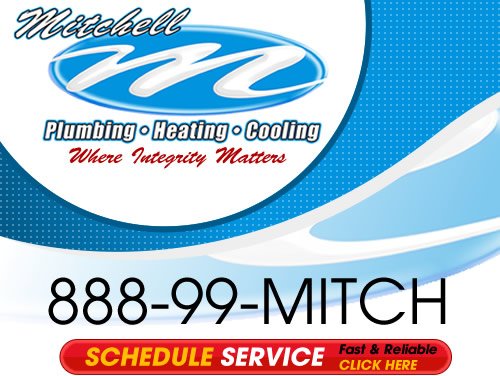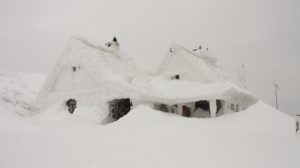4 Strategies to Protect Your Home’s Pipes From Freezing
Frozen water pipes are a common occurrence in some parts of the United States. Unfortunately, many homeowners don’t take proper precautions to prevent pipes from freezing and are left with huge messes and potentially hundreds or thousands in plumbing repair bills.
You should know how to prevent frozen water wipes in your own Pittsburgh residence and keep your home dry and secure. Below are four strategies that can help protect your pipes from freezing.
1. Allow Water to Drip
A time-honored way to prevent pipes from freezing is to crack open valves on hose bibs and indoor faucets. This method is simple and effective, as it relieves the interior pressure that so often leads to pipes bursting. Make the drip rate as slow as possible to avoid wasting water.
Contrary to what you might think, you need to induce dripping in both the hot and cold water pipes. Both lines are susceptible to bursting, and only setting only one to drip can leave you half-protected.
As an aside, be careful if you allow an outside spigot to drip during freezing conditions. It can form ice that might result in dangerous, slippery footing for unwary individuals.
2. Seal Crawl Spaces
Crawl spaces are those areas between a home’s flooring and the soil beneath it, and these spaces are often kept mostly vacant. However, plumbing is often found inside crawl spaces. This can present a serious difficulty whenever freezing temperatures strike, as water supply pipes are especially vulnerable to freezing.
If you have a crawl space that is unprotected, place sheets of foam insulation around the interior of the space and cover air vents located along the sides of the crawl space. Air vents can be sealed with a variety of materials, including rolled fiberglass insulation, but cut-to-size pieces of foam board work well, fit neatly, and are inexpensive.
3. Empty Unneeded Pipes
Because water expands as it freezes, tremendous damage can be done to water-filled pipes. As the water freezes, it pushes outward, stretching and bursting pipes.
That is why you should always drain pipes that won’t be used in the winter. For example, irrigation pipes should be emptied after they are last used in the late summer or fall. In some cases, antifreeze can be used to fill empty pipes as an extra measure to prevent freezing, but be sure to consult a plumber, such as Mitchell Plumbing, Heating, and Cooling for assistance.
4. Use Supplemental Heating
Another way to prevent pipes from freezing during winter is to provide heat along the length of the pipes. For pipes that are located within interior walls, you can effectively heat them by adjusting your furnace thermostat upwards. In addition, keep your heat turned on when you leave the house. Never turn off your furnace in freezing weather, even if you think you will be back soon.
For homes with crawl spaces, you can also strategically place space heaters to provide warmth for pipes. By spreading them out inside the crawl space, you will boost temperatures enough to prevent freezing. However, be careful when using space heaters that you don’t place them too close to flammable materials and allow plenty of air circulation around them to prevent overheating and possible fires.
An alternative for homeowners who don’t want to use their home’s heating or space heaters is wrapping heat tape around vulnerable, exposed pipes. Heat tape is easy to attach and can warm the entire length of pipes.
In addition, heat tape plugs into any nearby outlet and makes its use convenient. Once winter is gone, heat tape can also be easily removed and placed in storage, if the homeowner desires.
Do these four things to keep your pipes from freezing. Be sure to contact a plumber if you need additional help.












